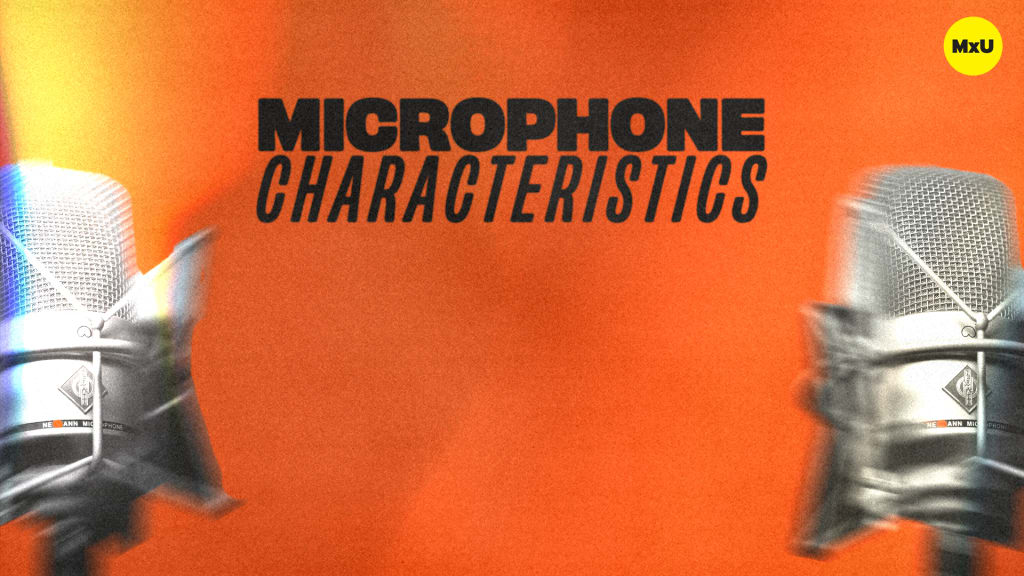Electrical Audio Levels Explained
No actions available
There are four (and a half) different types of audio levels. Want to protect your gear and amplify sound the right way? You'll want to know the difference between each of these level types.
Types of electrical audio levels:
Types of electrical audio levels:
- Microphone level
- Instrument level
- Line level
- Speaker level
Key Points:
- The level type refers to the amount of electricity that runs through a device or component.
- Microphone level has the smallest amount of voltage. It's not usable without amplification. Preamps and gain knobs add the needed voltage to a mic level to convert it to line level.
- Instrument level is stronger than mic level. But, it's still weak and needs to be brought up to line level as well. Amps and direct inject (DI) boxes convert instrument level to line level.
- Line level is not always the same. There are actually two versions: consumer (-10 dBV) and professional (+4 dBu). It is important to know the difference! The version of the line level will determine the needed amplification.
- Speaker level requires the most voltage to pump out sound. Speakers use internal and external amplifiers to convert line level to speaker level.
Pro Tip:
Don’t damage your equipment! Make sure the receiving device can handle the level traveling through your components.
Categories
Audio
101
Team Videos
Premium Videos
Nothing added









